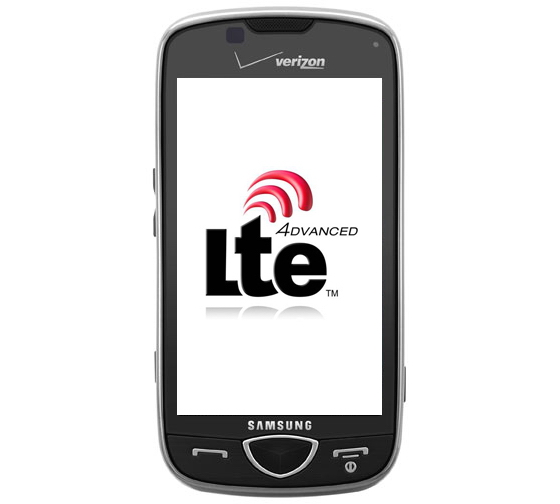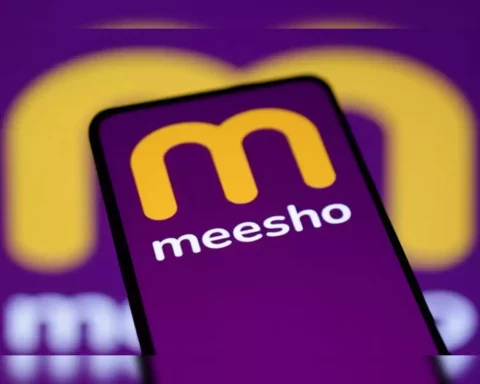 A poll of mobile operators conducted at the LTE World Summit in Amsterdam by RAD, the global vendor of Service Assured Access backhaul solutions, reveals that the majority are seeking a new alternative for ensuring accurate timing distribution in their 4G networks.
A poll of mobile operators conducted at the LTE World Summit in Amsterdam by RAD, the global vendor of Service Assured Access backhaul solutions, reveals that the majority are seeking a new alternative for ensuring accurate timing distribution in their 4G networks.
The most popular existing approach is to co-locate a GPS antenna (and receiver) at each base station. “Indeed, GPS is a proven technology that provides excellent timing accuracy,” states Ilan Tevet, Head of RAD’s Service Provider Line of Business. “But the feedback we received from 4G operators is that installing a GPS antenna at every LTE base station is far from their preferred option.
GPS Poses Immunity Issues
When asked if they plan to adopt GPS on every cell-site as a timing solution, most LTE operators who responded noted that installing a GPS antenna at every base station is expensive. The technology also poses immunity issues, like jamming and spoofing. Moreover, there are installation limitations as well, since a clear line of sight to satellites cannot be guaranteed at every base station.
Centralized Grandmaster Approach Increases CapEx
The second existing approach is installing a centralized Grandmaster clock in the mobile core, which could service hundreds or even thousands of base stations across the entire backhaul network. When asked if that would be a better option, most 4G operators acknowledged that while a centralized Grandmaster solution works very nicely for frequency distribution, a forklift upgrade would be necessary because time distribution mandates that every network element along the way offer PTP (Precision Time Protocol or IEEE 1588-2008) on-path support. Furthermore, in order to meet the required level of accuracy, the asymmetry introduced by the physical links would also require compensation. “The bottom line is that a majority of 4G operators are convinced that a centralized Grandmaster solution would still be quite expensive from the standpoint of CapEx,” Tevet explains.
Bring Grandmaster Capability to the First Aggregation Point
Finally, the respondents were asked what, in their opinion, would be the ideal way to reconcile the need to lower CapEx with the demand for a high level of time accuracy across the entire LTE network. Virtually all of them agreed that it would be preferable to bring Grandmaster capability to the first aggregation point, as close as possible to the cell site or a
cluster of small cells. “This is precisely where RAD’s recently-unveiled Distributed GM solution is deployed,” notes Tevet.
Incorporated into an advanced Carrier Ethernet 2.0 certified device that supports 1588-2008 and equipped with a built-in GPS receiver, RAD’s Distributed GM provides an accurate reference clock for base stations with no network upgrade. “The RAD advantage is that its LTE backhaul solution combines support for both Ethernet-assured services and accurate synchronization for LTE in a single small form-factor device,” Tevet states. “This eliminates the need for two separate boxes that otherwise would be needed to provide the same functions, reducing both CapEx and OpEx and speeding up ROI in the process.
The poll results confirm that our Distributed GM strategy responds perfectly to the needs of 4G operators,” Tevet concludes. “Distributed GM promises to be the preferred Service Assured Access solution for the challenges presented by LTE backhaul.
RAD customers include operators and service providers such as Bharti Airtel, British Telecom, CenturyLink, China Mobile, China Telecom, Claro, Deutsche Telekom/T-Mobile, Embratel, France Telecom/Orange, Hutchison, KDDI, KPN, SingTel, SoftBank, Telefónica, Telekom Austria, TeliaSonera, Telstra, Telus, Verizon, and Vodafone.






